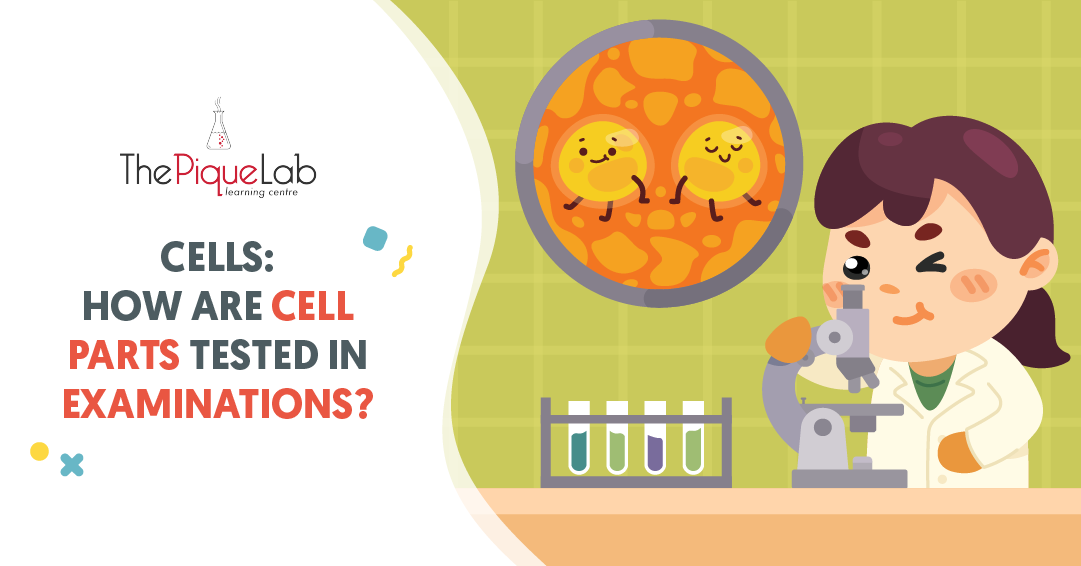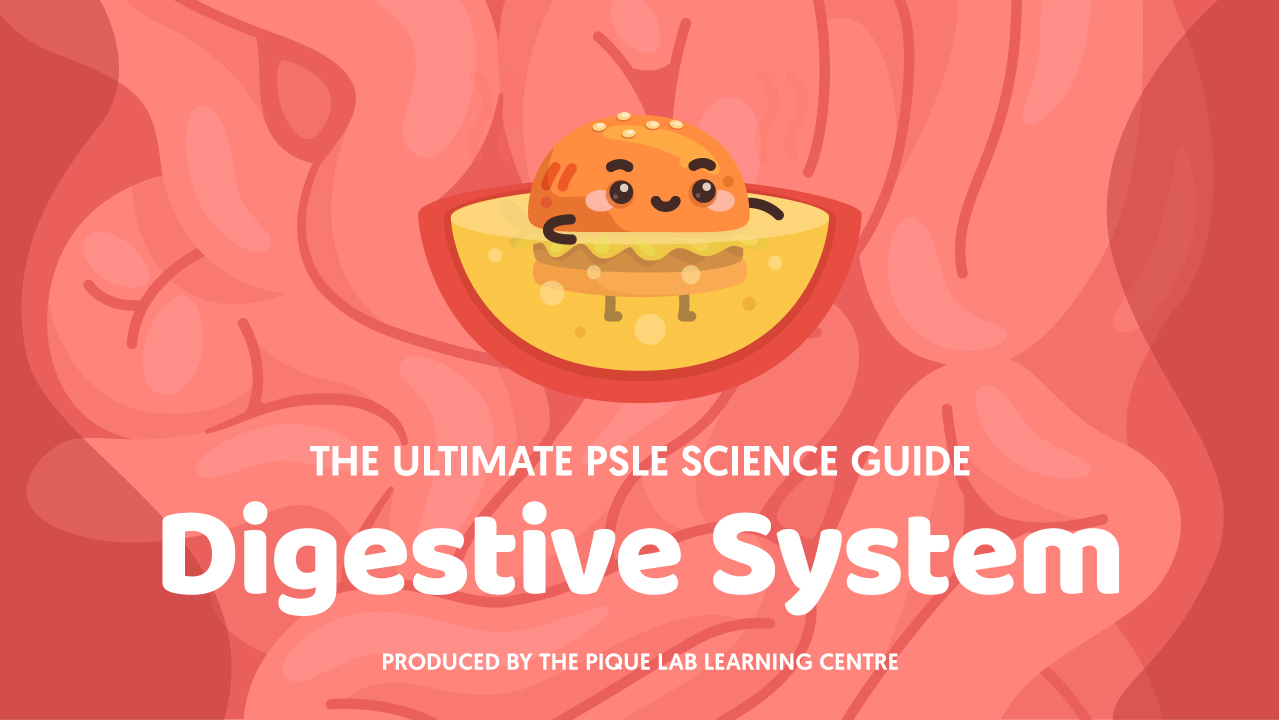Students who encounter questions involving the pitcher plant often ask me:
“What happens if I place my finger inside the pitcher? Will it be able to eat me? Will it digest my finger?”
“Are there any other plants that eat flesh, besides the pitcher plant?”
“Do flesh-eating plants have teeth? How do they bite and trap insects to feed on?”
These questions never fail to amuse me and the mere thought of a giant pitcher stomping across the field chomping down on all of the organisms in its path will always cause me to laugh. Perhaps, their impression of such plants stems from the game – “Plants VS Zombies”!
Before I answer these questions, I’d like to address some of the key objectives of this article. As the title of this article suggests, I will be highlighting the following:
- Key differences between structural adaptations and behavioural adaptations
- Special characteristics of a pitcher plant and how they help the plant to survive
- Demystifying the common misconceptions
What I have noticed is that students are commonly tested on their ability to identify if an adaptation is structural or behavioural. They are also required to figure out the underlying reason behind such an adaptation.
What Your Child Needs To Know
Organisms acquire adaptations in order to survive better in their habitat. There are two types of adaptations in the PSLE Science syllabus:
- Structural adaptation refers to what the organism has.
- Behavioural adaptation refers to what the organism does.
Let’s compare using some examples:

Now that we have determined the difference between structural and behavioural adaptations, let’s take a look at the special characteristics of a pitcher plant and how they help the plant survive!
Special Characteristics Of A Pitcher Plant
Pitcher plants may seem to be like couch potatoes – passively waiting for unfortunate victims to fall into them. However, they are actually skilled killers!
Two Leaf Types In Pitcher Plants
- Typical Green Leaves
Similar to other plants with green leaves, pitcher plants possess chloroplasts that contain chlorophyll to trap sunlight for photosynthesis to make food. The function of chloroplasts should already be at your fingertips!
- Pitchers
These are modified leaves that give the pitcher plants their infamous name – to trap ill-fated insects using their relentless adaptations:
- Nectar at the edge of the pitcher
- Smooth and slippery inner surface
- Digestive liquid at the bottom of the pitcher
Are you able to identify if the above pitcher plant adaptations are structural or behavioural? This should be easy!
- Nectar at the edge of the pitcher – Structural adaptation
- Smooth and slippery inner surface – Structural adaptation
- Digestive liquid at the bottom of the pitcher – Structural adaptation
Read Also:
Now, let’s discuss a question that tests pitcher plants adaptations.
Question
Source: Nan Hua Primary School – 2017 P6 SA2 Science Examination Paper [Q30]
Thought Process
Other than having digestive liquid, what other structural adaptations does the pitcher plant have?
First Adaptation
Nectar is produced at the edge of the pitcher.
Let’s Examine Why This Adaptation Is Acquired
What is nectar used for?
In flowering plants, nectar is used as a “bribe” to attract insects so that pollen grains will be stuck onto insects’ bodies for pollination to take place.
Similar to flowering plants, pitcher plants use nectar as a “bribe” to attract insects but for a different purpose – to consume it!
Second Adaptation
Smooth and slippery inner surface of the pitcher.
Let’s Examine Why This Adaptation Is Acquired
A smooth and slippery surface means that there is very little friction between the inner surface of the pitcher and the insect’s legs. Imagine yourself walking along a wet and slippery aisle compared to a dry and rough one, which is easier for you to slip and fall? It would definitely be the wet and slippery aisle!
This is the reason why it is difficult for the unfortunate victims to grip onto the inner surface, resulting in them sliding down the “death pool” of digestive liquid.
Pitcher Plant Adaptations In Bog Environments
Pitcher plants, like any other carnivorous plants, thrive in bog. It is a wetland that accumulates peat, a deposit of decayed plant material. Bog is acidic and has low nutrient levels.
Digestive liquid, nectar, and smooth and slippery inner surface also describe the three adaptations that pitcher plants have developed to survive in bog environments. Pitcher plants make up for the lack of soil nutrients by absorbing nutrients from their prey.
Demystifying Common Misconceptions
“What happens if I place my finger inside the pitcher? Will it be able to eat me? Will it digest my finger?”
It takes roughly a week to two months for an insect to be fully digested in the pitcher. Based on this fact, would you want to place your finger in the pitcher for at least a week just to test if it can digest your finger? I’m sure you wouldn’t!
⚠️ Beware!
However, if you place a piece of your skin inside the pitcher, it can actually be digested!
“Are there any other plants that eat flesh, besides the pitcher plant?”
Yes, there are plenty! Some examples include the Venus flytrap and Sundew. How do these carnivorous plants trap their prey?
The Venus flytrap’s “jaw-like” leaves work similarly to that of an alligator, which clamps down on their prey before digesting it.
But how would the Venus flytrap know whether the object that has landed on it is an insect or merely dirt that would not make a good meal?
This is where another adaptation comes into place – sensitive trigger hairs to detect whether the object is a prey or not! If the trigger hairs are touched more than once, the object is most likely an insect! Otherwise, if they are touched just once, the object is probably not food.

The Sundew’s tentacles secrete sweet, sticky and glistening “dewdrops” to attract insects. Once the insect realises that it has been deceived by this beautiful yet dangerous plant and starts struggling, it is too late because the Sundew would have curled inwards around it for better grip and began digesting the insect.

Now, challenge yourself and fill in the blanks for the two types of adaptations of the Venus flytrap and Sundew!

Once you have mastered the key differences between structural and behavioural adaptations, identifying them should not be a problem! Let’s see if you have gotten the answers correct!

“Do flesh-eating plants have teeth? How do they bite and trap insects to feed on?”
No, flesh-eating plants do not have teeth. The closest that you can get to finding a plant with “teeth” is the Venus flytrap!
It has “teeth-like” spines on the leaves that act like jail bars to imprison the insect to prevent it from escaping after clamping it down. It will then start to digest its meal!

I hope that you have a better understanding of the key differences between structural and behavioural adaptations, as well as the adaptations of various flesh-eating plants, including the Pitcher plant, Venus flytrap, and Sundew! Additionally, I hope that I have cleared some common misconceptions that you have been facing regarding these flesh-eating plants!
Stay tuned for more articles!

If you like our methodology, we've some upcoming workshops:








